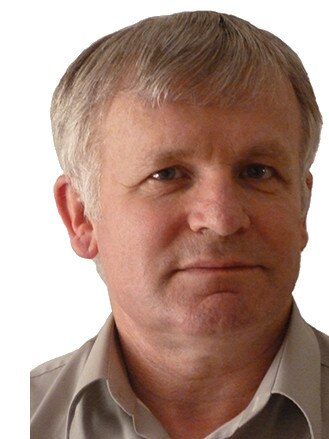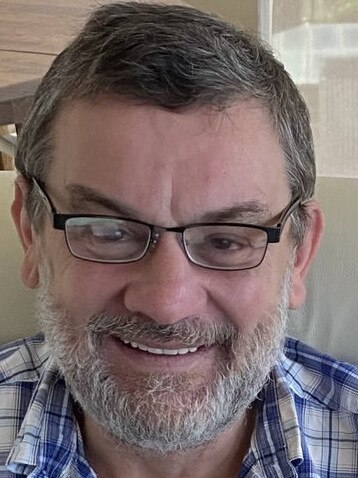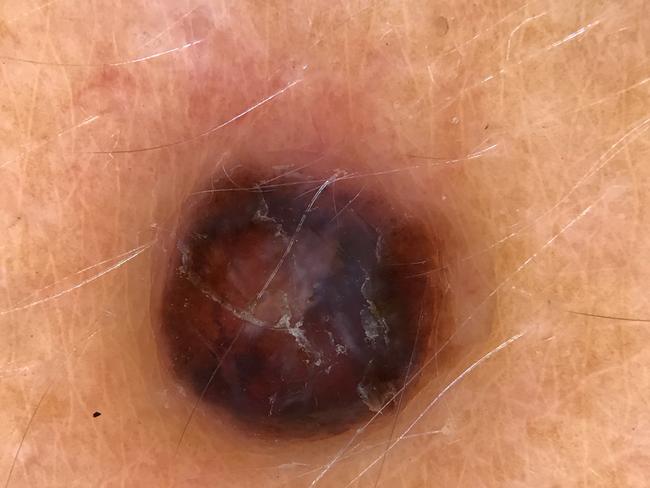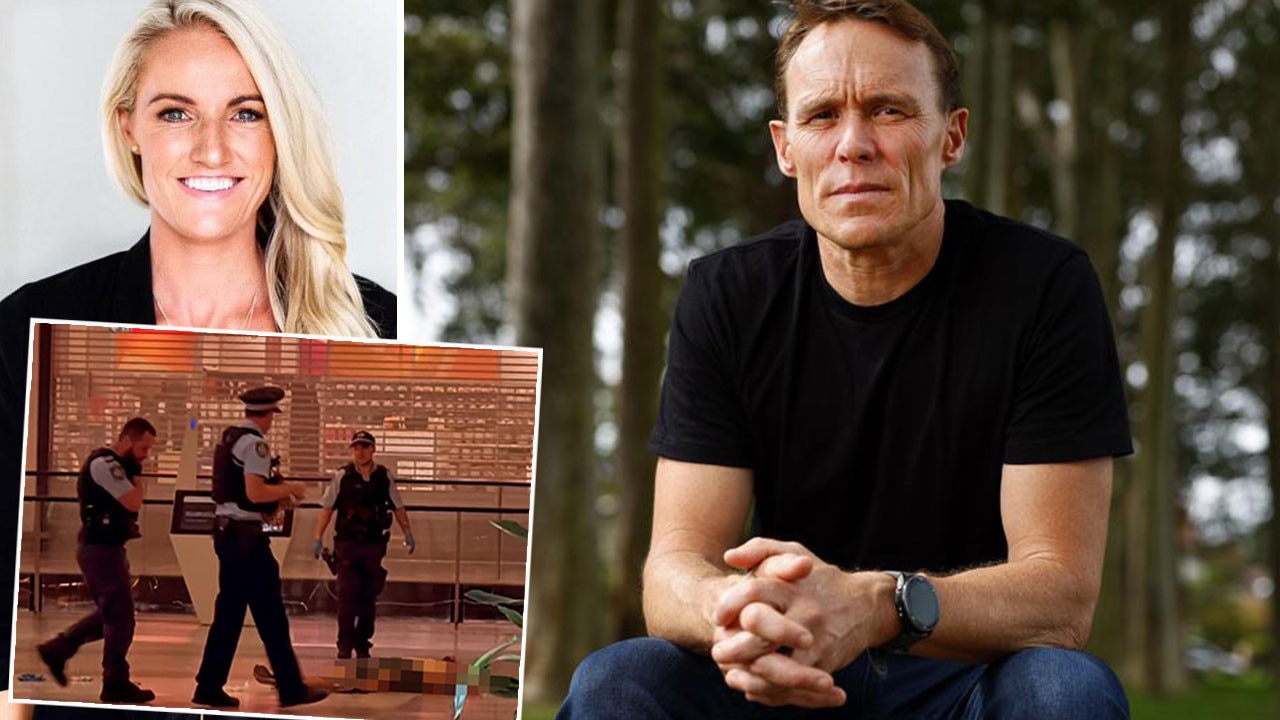Melanoma biopsy treatment debate among skin cancer specialists
A group of skin cancer researchers are questioning a standard surgical procedure used in Australia to find out if a melanoma has spread. Here's what they say.
NSW
Don't miss out on the headlines from NSW. Followed categories will be added to My News.
Many Australian skin cancer patients could be suffering from outdated surgery causing more harm than good – but medical debate is being stifled in Australia, according to a group of leading international medical researchers.
The doctors reject routinely conducting surgical diagnostic test called a “sentinel lymph node biopsies” (SLNB) on patient’s patients’ lymph glands, particularly on those under 40 years and over 60 years of age.
The doctors say the results are not an accurate predictor of mortality and that many patients are being mismanaged, with potential side effects such as nerve damage.
The experts - Professor Anthony Dixon and Dr Alexander Nirenberg, whose work was pulled from an Australian medical journal with no reason provided back in 2019, argue it makes more sense now for a more accurate and less invasive indicator to be used – a BAUSSS score.
That score takes into account a person’s age, the thickness of the cancer and other factors.
And now their medical research - which they say has been ignored in Australia - is being recognised overseas.


In a recent European Academy of Dermatology and Venereology journal, melanoma expert Professor Christoffer Gebhardt from Hamburg-Eppendorf University, backed their approach.
“The conclusion drawn is bold and unequivocal: SLNB, as it currently stands, has limited utility in managing cutaneous melanoma, especially for patients under 40 or over 60 years of age,” Professor Gebhardt wrote.
“The recommendation to employ the BAUSSS biomarker algorithm instead of SLNB positivity for guiding treatment decisions is based on the premise that BAUSSS offers a more nuanced and accurate assessment of melanoma-specific mortality risk, tailored to individual patient characteristics without the additional burden of surgery and its associated risks.”
The two Australian doctors say that two papers they wrote in the Australian Journal of General Practice in 2019 were retracted after the Melanoma Institute Australia wrote to the publication, with no explanation or due process to respond, the doctors say.
“We were shocked, they had invited us to write it…normally if there’s a problem they would write a letter to the editor stating the problems, and there would be an exchange, but that didn’t happen, they didn’t follow the usual process,” Professor Dr Anthony Dixon, from the Australasian College of Cutaneous Oncology, said.
“It was outrageous that papers were retracted.”
A furore followed, with multiple independent overseas melanoma academics and GPs from NSW and Victoria writing to the editors raising concerns at the retraction and backing their approach. The current editors of the Australian Journal of General Practice declined to comment on the retraction of the article, citing changes in staff.
The Melanoma Institute Australia still backs doing sentinel lymph node biopsies to see if the cancer has spread.

The institute’s Associate Professor of Melanoma Surgical Oncology Alex van Akkooi said nobody denied the BAUSS marker was not important and influenced the prognosis – but “they are a bit antiquated”.
He argued the sentinel lymph nodes were an even more important determinant of a patient’s prognosis.
“And the sentinel node is a way to find out if a melanoma has spread,” Assoc Prof Akkooi said.
“It’s called stage 3 if it has spread.
“The sentinel node status today very much the first consideration we have when we have a patient come through the door with a stage 1 or 2 melanoma, to see if it has spread.”
Dr Dixon, who has personally removed more than 60,000 skin cancers and is a former Victorian Vice President of Australian Medical Association, argues the criteria for selecting who is eligible for the SLNB surgery is not scientific, as age is not factored in.
“We are concerned that pressure remains on patients to have SLNB surgery, known to be unnecessary, in order to qualify for medications that can be used to prolong their lives,” he said.
“But we know there can be an 11 per cent complication rate, and for some people lifelong consequences.
“There are cases of people with permanent damages, nerves can be damaged and another complication which can be ongoing, is lymphedema - substantially affecting quality of life.
“Many patients over 60 are likely to benefit from drug treatments but do not get them, yet younger patients who are not as likely to benefit from drugs do get them.”
Melanoma is the most common cancer in young Australians and sentinel node biopsies became popular in the 1990s, with doctors cutting out nodes in necks, groins or armpits to test for cancer cells.
Up until 2017, if a patient received a positive SLNB result they would have the entire node area surgically removed.
But doctors have now walked away from the total removal approach as they found it had no bearing on the rate of survival and came with a 34 per cent complication rate.
Do you have a story for The Daily Telegraph? Message 0481 056 618 or email tips@dailytelegraph.com.au





